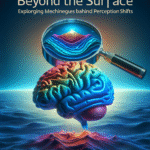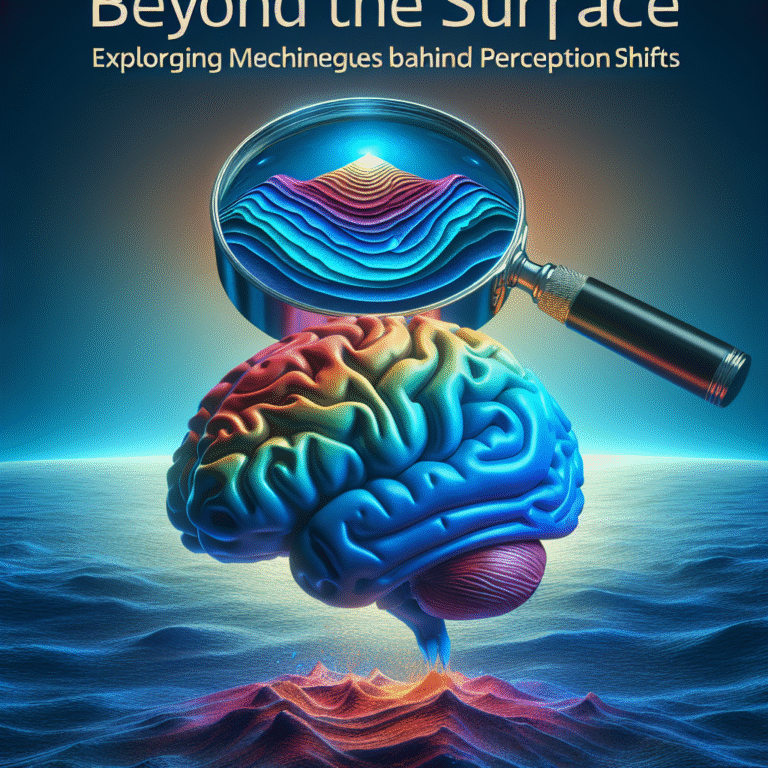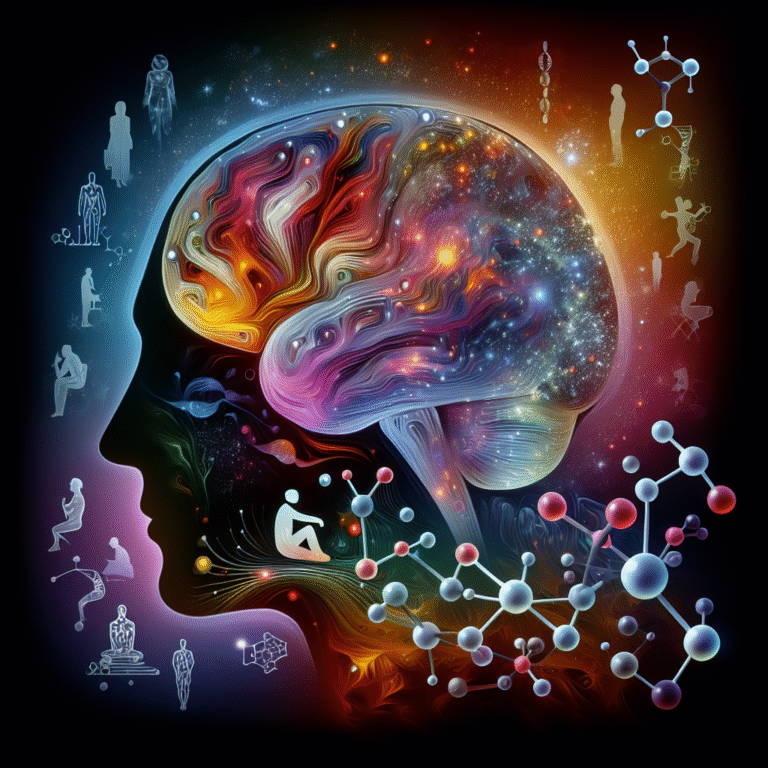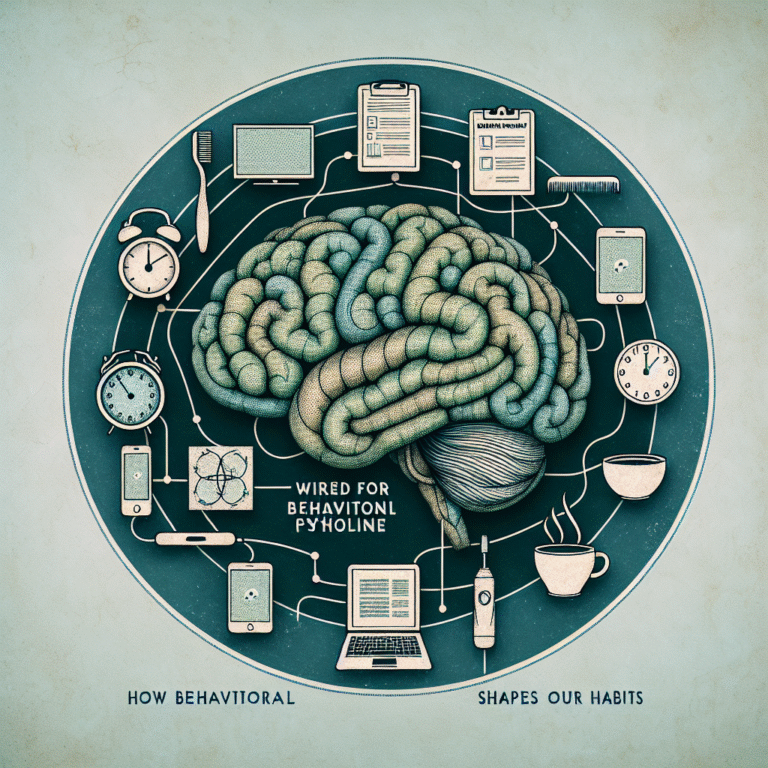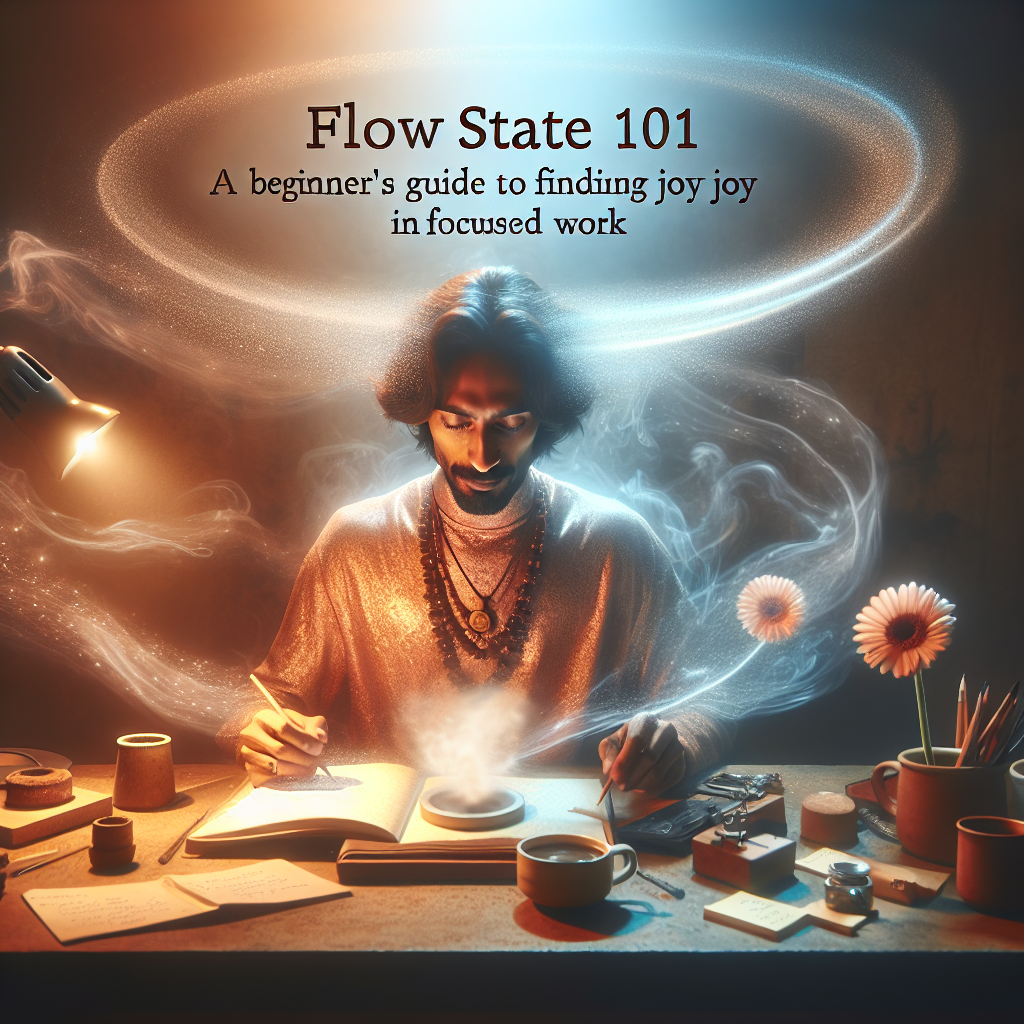
Introduction: Unlocking the Secret to Joy in Work
Imagine a time when you felt so completely absorbed in your work that hours went by unnoticed. Whether you were writing, painting, coding, or even engaging in a mind-challenging strategy game, you entered a flow state—an exhilarating feeling of creativity and productivity. This experience isn’t just a fleeting moment; it’s a powerful tool that can enhance your performance, boost your happiness, and ultimately transform your life. Welcome to Flow State 101: A Beginner’s Guide to Finding Joy in Focused Work.
In our fast-paced world filled with distractions, understanding and cultivating the flow state can offer a sanctuary of focus that many of us seek. In this guide, we’ll explore how you can harness flow to not only improve your productivity but also rediscover the joy of focused, meaningful work.
What Is Flow State?
Flow state, often referred to as being "in the zone," is a mental state where individuals are fully immersed in an activity, resulting in enhanced focus, productivity, and enjoyment. Here are some key characteristics:
- Intense Concentration: Complete focus on the task at hand.
- Loss of Time: An altered perception of time, where hours can feel like minutes.
- Intrinsic Reward: Engaging in the task brings inherent pleasure, irrespective of end results.
- Clear Goals: A clear understanding of what needs to be achieved.
- Immediate Feedback: An intuitive sense of how well you are doing and what needs adjusting.
The Science Behind Flow State
The concept of flow was first introduced by psychologist Mihaly Csikszentmihalyi. He discovered that flow occurs when there is a balance between the challenge of the task and your skill level. By engaging in activities that are not too easy (which can lead to boredom) nor too difficult (which can lead to anxiety), you can create a perfect environment for flow.
Table 1: Flow State Elements
| Element | Description |
|---|---|
| Challenge Level | Need for a moderately challenging task |
| Skill Level | Match your skills with the task |
| Focused Attention | Eliminate distractions for deeper immersion |
| Clear Goals | Defined objectives to guide your work |
| Feedback | Opportunities to adjust based on performance |
How to Find Your Flow State
Finding your flow state isn’t about waiting for lightning to strike; it’s about creating the right conditions. Here’s your Flow State 101 starter guide on how to cultivate this powerful mindset.
1. Identify Your Passion
Before you can dive into flow, it’s crucial to know what engages you. Reflect on activities that absorb your attention. Examples include:
- Creating Art: Painting, sculpting, or digital design.
- Playing Sports: Engaging in basketball, yoga, or even dance.
- Problem-Solving: Coding, puzzles, or strategy games.
2. Set Clear Goals
Establish what you want to achieve from your work. Goals can range from finishing a chapter of a book to reaching a specific milestone in work projects. Clear goals provide direction and purpose, allowing for a greater chance of entering the flow state.
3. Minimize Distractions
The modern world is rife with distractions. To dive deep into work:
- Create a Dedicated Workspace: Designate an area free from interruptions.
- Digital Detox: Limit notifications and social media during work periods.
- Time Blocks: Use techniques such as the Pomodoro Technique—25 minutes of work followed by a 5-minute break.
4. Match Challenges with Skill Level
Step up your game! If you’re finding a task too easy, challenge yourself with a higher goal or a more complex project. Conversely, if it feels overwhelmingly daunting, break it into smaller, more manageable tasks. Striking a balance is key to achieving flow.
5. Embrace Feedback
Immediate feedback helps you gauge your progress. It could be self-assessment, peer reviews, or productivity tools that inform you on performance. This allows for necessary adjustments and keeps you engaged with the task.
Real-World Case Studies
Case Study 1: The Artist
Background: Maria, an emerging painter, struggled to finish her artworks and found herself easily distracted by social media.
Action: She transformed her studio into a focused workspace, ensuring it was free of distractions. She set clear goals to complete a series of five paintings, dedicating specific hours solely to painting.
Outcome: By eliminating distractions and setting goals, Maria found herself in flow while painting. She enjoyed the process and completed the series ahead of schedule, finding joy in her craft as never before.
Analysis: Maria’s experience highlights the importance of creating an environment conducive to flow. By structuring her time and workspace effectively, she could harness the intrinsic reward of creative work.
Case Study 2: The Tech Professional
Background: David worked as a software developer but often felt overwhelmed by the complexity of his projects.
Action: He began using time blocking to manage his workload, breaking down projects into smaller tasks. He used apps to track his progress, gaining immediate feedback on his productivity.
Outcome: With a clear roadmap and better anxiety management, David frequently accessed flow while coding, leading to high-quality work and less stress.
Analysis: David illustrates that technological tools can facilitate flow. By adjusting his work style and creating a structured plan, he reconnected with the joy in his work.
Enhancing Your Flow Experience
Once you’ve found your flow state, maintaining it requires continuous effort. Here are some strategies to enhance your engagement:
1. Regular Reflection
Take time to reflect on your experiences. What works? What doesn’t? Journaling about your flow experiences can help identify patterns and optimize your approach.
2. Stay Physically Active
Exercise is proven to improve mental clarity and focus. Regular workouts can boost your mood and enhance your ability to achieve flow.
3. Mindfulness Practices
Incorporate mindfulness techniques such as meditation or deep-breathing exercises to improve your focus. Training your mind to remain present can lead to more frequent flow experiences.
Conclusion: From Theory to Practice
Understanding flow state isn’t just an academic endeavor; it’s a transformative journey. Flow State 101: A Beginner’s Guide to Finding Joy in Focused Work is a practical manual for reclaiming the joy of your work. By recognizing what engages you, setting clear goals, minimizing distractions, and adapting your approach based on feedback, you can unlock this rewarding state of mind.
As you apply these principles, remember that finding your flow is also about enjoying the process. Celebrate small victories, remain open to new challenges, and embrace the unique joy that focused work brings. Your journey into the flow state is ongoing; cherish each moment along the way.
FAQs About Flow State
1. What if I can’t seem to reach a flow state?
Start small—focus on short activities that are not overly challenging. Gradually increase the complexity as you gain confidence.
2. Can flow be achieved in team settings?
Absolutely! Establish clear roles and goals, and create an environment that encourages collaboration and focus among team members.
3. How long does it usually take to achieve flow?
It varies by individual and the task. Some may experience flow within minutes, while others might take longer, especially if they are new to the practice.
4. Is there a downside to flow?
While flow is mostly beneficial, prolonged periods in flow may lead to neglecting other responsibilities or self-care. Balance is key.
5. Can everyone find flow?
Yes! With practice and proper strategies, anyone can learn to access their flow state. The process may vary for each person, depending on individual interests and skills.
With this knowledge at your fingertips, you’re now equipped to embark on your journey toward finding joy in focused work. Remember that flow is a highly personal experience—embrace it, nurture it, and let it transform the way you engage with your passions!

